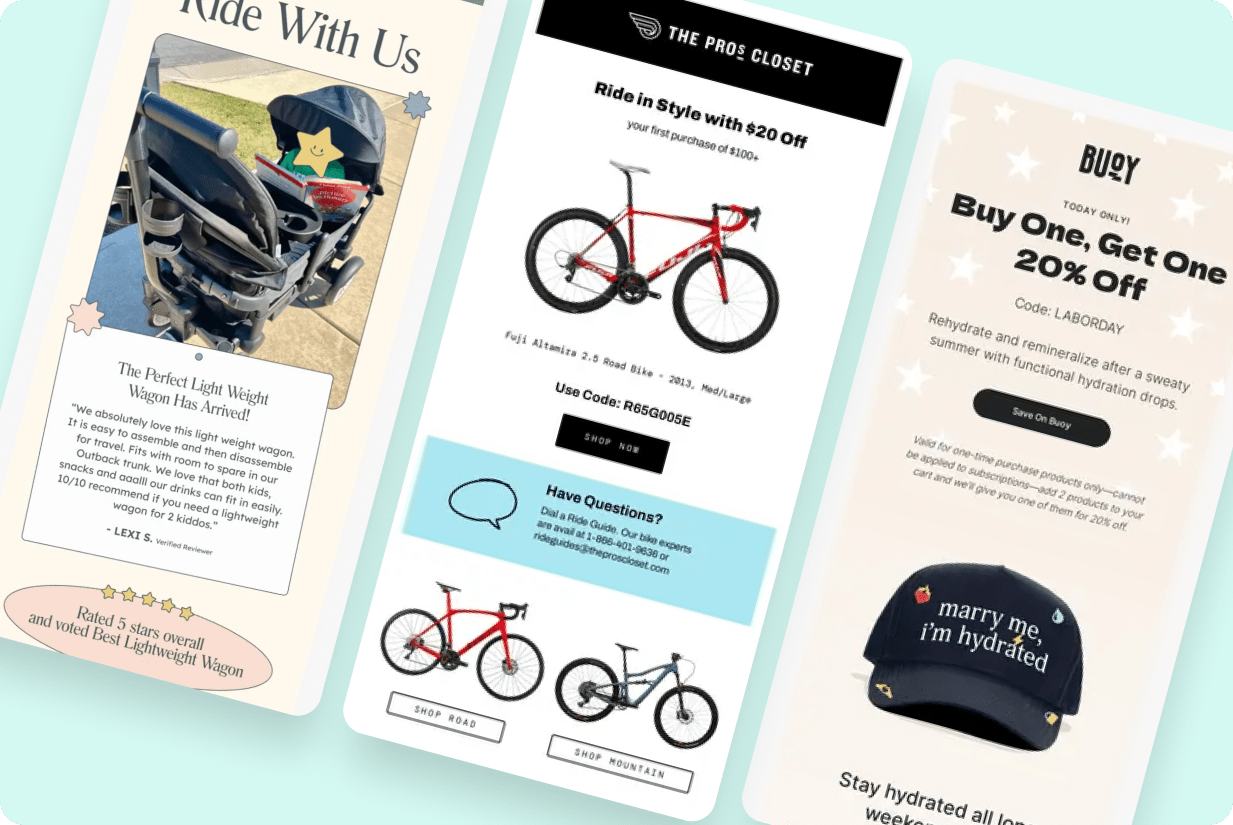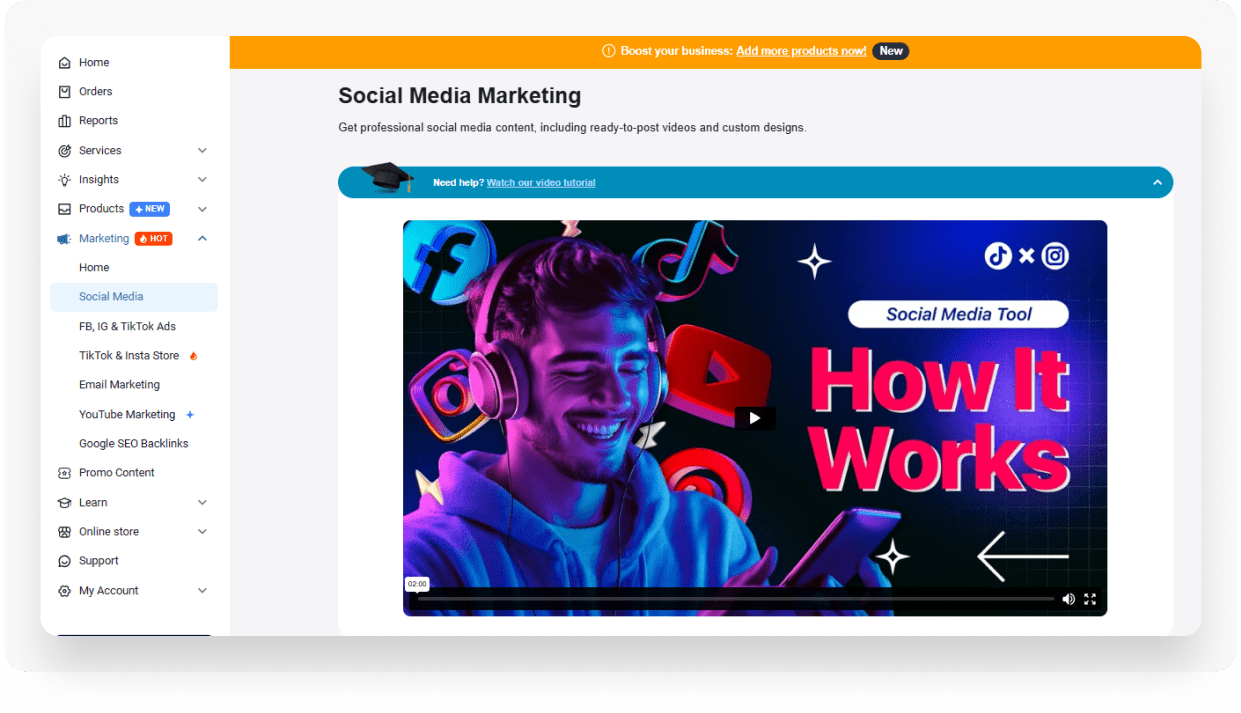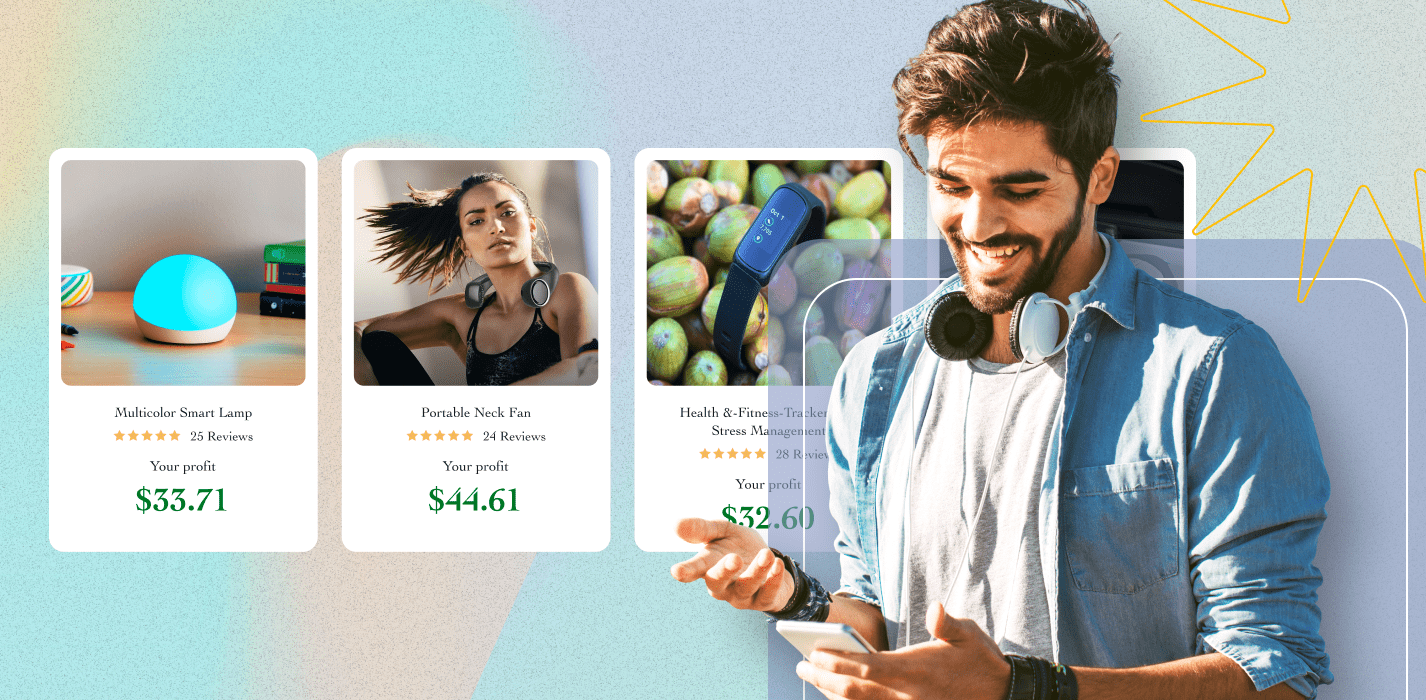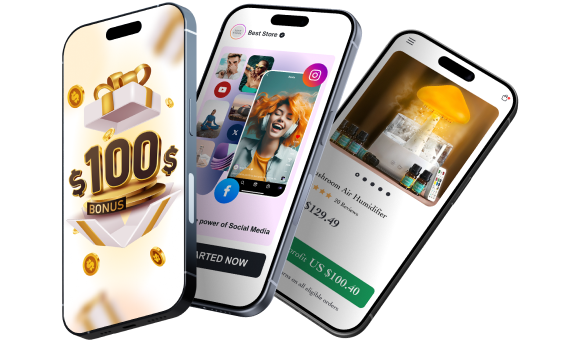In the age of digital independence, the term solopreneur has become a buzzword. But what is a solopreneur, exactly? Simply put, a solopreneur is someone who runs a business entirely on their own – no partners, no employees, just pure hustle. They wear all the hats: CEO, marketer, customer service rep, and product developer. And in 2025, more people than ever are choosing this solo route to financial freedom.
In this article, we’ll break down everything you need to know about the solopreneur lifestyle, including how it compares to being an entrepreneur or freelancer, the best solopreneur business ideas, tips for marketing solo, and how to become a solopreneur who actually makes it. Let’s dive in.

What Is a Solopreneur?
Let’s start with the basics: What is a solopreneur?
A solopreneur is an individual who starts, manages, and grows their business without hiring a team. They don’t outsource much, don’t have co-founders, and typically handle every part of the business themselves from operations to sales to branding.
While entrepreneurs often aim to scale fast by hiring and delegating, solopreneurs prioritize independence, efficiency, and profit with minimal overhead.
Think of them as the one-person army of the business world. They often build online businesses such as ecommerce stores, coaching programs, content brands, or service-based side hustles.

Solopreneur vs Entrepreneur: What’s the Difference?
People often confuse the terms, but the distinction matters. In the comparison of solopreneur vs entrepreneur, it’s important to understand the mindset and operational differences.
A solopreneur runs their business entirely on their own, handling everything from product development to marketing. They thrive on simplicity and autonomy, often favoring lean operations and lifestyle-driven choices. Entrepreneurs, on the other hand, tend to build businesses with the intention to scale. They hire teams, seek investment, delegate tasks, and often aim to exit the business eventually – either through acquisition or by stepping away from day-to-day operations.

In other words, the solopreneur values independence and control, while the entrepreneur is more focused on growth, leverage, and systems. So when asking what is a solopreneur, think of someone who chooses to stay small but profitable without the complexity of managing a large team.
Solopreneur vs Freelancer: Are They the Same?
One of the most common misconceptions in the world of solo business is the comparison between solopreneur vs freelancer. On the surface, they may look similar – both work independently, manage their own schedules, and typically operate without employees. But once you dig deeper, you’ll see that the goals, income models, and long-term strategies are very different.
A freelancer typically trades time for money. They’re hired on a project-by-project or hourly basis, often by multiple clients at once. Whether they’re graphic designers, writers, developers, or consultants, their income depends on how many hours they can work or how many projects they can take on. It’s a linear income model: more work = more money. But if they stop working, the income stops too.
On the other hand, when we ask what a solopreneur is, we’re talking about someone who builds and runs a business designed to generate income without constant hands-on work. A solopreneur creates scalable systems, sells products or services online, and often leverages automation tools or passive income strategies.

They might run an eCommerce store, sell digital downloads, launch a coaching program, or build a membership site. Their focus is not just on delivering services, but on creating assets that continue to bring in revenue even while they’re not actively working.
This is where solopreneur marketing becomes especially important. Unlike freelancers who rely heavily on client referrals and cold outreach, solopreneurs invest time in building personal brands, growing email lists, creating SEO-friendly content, and running ads that drive consistent traffic and sales. Marketing becomes a crucial pillar in their business, helping them attract customers at scale without manually pitching every lead.
Many freelancers eventually realize that their business model has limitations – there are only so many hours in the day. That’s why it’s common to see successful freelancers transition into solopreneurship. They might start out offering one-on-one services, then package their knowledge into a course, launch a productized service, or build a dropshipping store using a platform like Sellvia. This shift allows them to break free from the time-for-money trap and move toward a more sustainable, scalable business.

If you’re wondering how to become a solopreneur, the answer often starts with taking a hard look at your freelance skills. Ask yourself: Can this be turned into a digital product? Can I automate parts of this process? Can I build a system that runs even when I’m offline?
Making the leap from freelancer to solopreneur requires a shift in mindset and strategy. It’s about building assets, optimizing workflows, and marketing smarter. And if you’re focused on how to be a successful solopreneur, it starts with stepping out of the “service provider” role and into the “business owner” mindset. You need to think in terms of systems, customer journeys, and long-term growth, not just project deadlines.
In summary, the solopreneur vs freelancer debate comes down to this: freelancers work in their business, while solopreneurs work on their business. Freelancers are their own employees. Solopreneurs are their own CEOs.
Understanding the difference between these roles is a game-changer if you’re serious about building lasting, scalable success on your own terms.
Top Solopreneur Business Ideas for 2025
Now that we’ve answered the question of what is a solopreneur, it’s time to explore some of the most profitable and realistic business models you can start today without hiring anyone or investing in a big team.

The beauty of solopreneur business ideas is that they’re designed for one person to launch, manage, and grow independently. The focus is on simplicity, automation, and scalability. You want something that runs lean, generates recurring revenue, and gives you the freedom to work on your own terms.
Whether you’re wondering how to become a solopreneur or looking to shift from a 9–5 into a more flexible lifestyle, these ideas will help you get started the right way.
1. Dropshipping Store
Launching a dropshipping store remains one of the most popular solopreneur business ideas and for good reason. You don’t need to invest in inventory, rent warehouse space, or worry about shipping logistics. Platforms like Sellvia make the process ridiculously easy by providing access to fast-shipping U.S. products and handling fulfillment for you.
This is the perfect model for anyone focused on solopreneur marketing strategies. You can dedicate your time to running ads, creating TikToks, or optimizing your online store for SEO – while Sellvia takes care of the rest.
![Starting A Dropshipping Business With Sellvia In 2025 [GUIDE]](https://sellvia.com/wp-content/uploads/2022/05/cover_5-online-businesses-for-2025-min.jpg)
It’s also one of the best ways to build a passive income stream. With the right niche, product, and marketing funnel, you can make sales around the clock, even while you sleep.
2. Digital Products
Another highly scalable and low-maintenance solopreneur model is selling digital products. These could be eBooks, Canva templates, online courses, Notion planners, or paid toolkits in your niche.

The magic of digital products is that you create them once and sell them unlimited times with virtually no overhead. They’re a smart move for anyone learning how to be a successful solopreneur because they free up your time while still generating revenue.
Combine this with content-based solopreneur marketing (like YouTube videos, Instagram Reels, or blog posts), and you can build a fully automated sales engine without doing live client work.
3. Coaching or Consulting
If you have specialized knowledge, whether it’s fitness, finance, career development, or digital marketing, coaching is a powerful path. This model allows you to charge premium prices for one-on-one or group support.

Although coaching is more time-intensive than selling products, you can still run it as a lean solo business by using tools for scheduling, contracts, email sequences, and video calls. It’s also an ideal model for someone transitioning from freelancer to solopreneur.
And with strategic solopreneur marketing (like offering free webinars, building a lead magnet funnel, or sharing tips on social media), you can consistently attract new clients without cold outreach.
4. Affiliate Marketing
Affiliate marketing is a dream for anyone looking to earn money passively while recommending products they already love. You sign up for affiliate programs, promote products through content, and earn a commission for every sale made through your link.
This is a great example of what a solopreneur business can look like at its most automated. You don’t own the products, you don’t deal with customer service, and your income can grow exponentially over time as your content gains traction.

To succeed, you’ll need to master solopreneur marketing channels like SEO, YouTube, and email. But once your content ranks or your videos go viral, the commissions can flow in on autopilot.
5. Print-on-Demand (POD)
If you love creativity and design, print-on-demand is a fantastic solopreneur model. You upload your custom graphics to T-shirts, mugs, posters, or phone cases, and your POD partner handles the printing and shipping.

You never touch the product, and there’s no need to buy bulk inventory. Just focus on creating niche-specific designs and running effective ads or influencer campaigns.
This is a go-to idea for those interested in both how to become a solopreneur and how to monetize their creative side without huge startup costs.
6. YouTube Channel or Blogging
Creating content is one of the most powerful ways to build authority, generate income, and connect with an audience – all as a one-person brand.
As a YouTuber or blogger, you can earn through ad revenue, sponsorships, affiliate marketing, or by selling your own products. These platforms are also incredible engines for solopreneur marketing, letting you rank for keywords, build an audience, and grow long-term trust with your niche.

It takes time to gain traction, but once your content starts working, it continues delivering value (and revenue) for months or years.
7. Social Media Management
With millions of small businesses needing help online, becoming a social media manager is one of the most in-demand solopreneur business ideas in 2025. You can offer content creation, posting schedules, community engagement, or even ad campaign setup – all from your laptop.

You only need a few clients to hit $3K–$5K per month, and tools like Canva, Buffer, or Notion can help automate and streamline your workflow.
It’s also a great stepping stone into other digital services or even your own content-based business. Many solopreneurs start here before branching into consulting, digital products, or agency-style offers.
8. Virtual Assistant (VA) Services
If you’re organized and tech-savvy, offering VA services can be a highly profitable way to enter solopreneurship. VAs handle everything from inbox management to research, CRM support, social media tasks, and customer service.
This model requires little upfront investment, and it’s one of the easiest ways to build a steady income as you figure out how to be a successful solopreneur.

You can specialize by industry (e.g., real estate, eCommerce, coaches), charge higher rates as you gain experience, and eventually scale into productized packages or online courses.
Choose the Solopreneur Path That Fits You
There’s no one-size-fits-all answer to how to become a solopreneur, but the options are more accessible than ever. Whether you want to build a low-stress passive income stream or offer high-ticket services, there’s a model that fits your skills, interests, and lifestyle goals.
The key is to pick one idea, keep it simple, and take action. Focus on business models that are:
- Solo-friendly – you can handle all tasks yourself
- Scalable – income isn’t capped by your hours
- Automated – systems do the heavy lifting
- Low-cost – easy to start with minimal investment

Once you choose your path, double down on solopreneur marketing. That’s what turns a side hustle into a real business. Build a simple website, grow an email list, create content, and don’t be afraid to test ads if your product fits.
How to Become a Solopreneur
So you’re inspired and ready to go. But how to become a solopreneur from scratch?
Here’s a step-by-step guide to launch your journey:
1. Pick a Profitable Niche
Don’t try to serve everyone. Choose a niche you understand or are passionate about, ideally one with proven demand. For example, fitness gear, pet accessories, or personal finance tips.

2. Choose a Business Model
Decide how you’ll make money. Will you sell products? Offer services? License your content? Choose something that aligns with your strengths and goals.
![How To Start An Amazon Dropshipping Business: [2025 GUIDE]](https://sellvia.com/wp-content/uploads/2020/12/Dropshipping-business-model.png)
3. Validate Your Idea
Before building anything, test the waters. Talk to potential customers. See what’s trending. Use keyword tools to gauge demand.

4. Build a Simple Website or Store
Use platforms like Sellvia to launch fast. Don’t overthink it – you can upgrade later.

5. Set Up Solo Systems
From invoicing and email to order fulfillment and scheduling, automate wherever you can. This is what makes solopreneurship sustainable.
6. Start Marketing
Which brings us to our next topic..

Solopreneur Marketing: How to Get Attention Solo
One of the biggest challenges solopreneurs face is getting noticed. With no marketing team, how do you compete?
Here are some solopreneur marketing tactics that work in 2025:
1. Content Creation
Build authority on YouTube, TikTok, or your blog. Share helpful tips, tutorials, or stories. People buy from people they trust.

2. Email Marketing
Even with a small audience, email is powerful. Offer something valuable (like a free guide) and grow your list.

3. Paid Ads (The Smart Way)
Don’t blow your budget. Start with $5–10/day testing Facebook, Instagram, or TikTok ads – especially if you run a dropshipping store.

4. SEO + Keywords
Write content based on what people search (like this article on what is a solopreneur). It pays off long-term.

5. Influencer Collabs
Partner with micro-influencers to promote your products or services without breaking the bank.
As a solo act, you need lean strategies that generate consistent traffic without massive spend. And the good news? It’s 100% doable.

How to Be a Successful Solopreneur
Being solo doesn’t mean being small-time. Many solopreneurs earn six or seven figures a year with no office, no staff, and total freedom.
Here’s how to be a successful solopreneur, even when you’re just starting out:
1. Focus on What Moves the Needle
Don’t waste time tweaking logos or fonts. Focus on traffic, sales, and systems.
2. Invest in the Right Tools
Use platforms like Sellvia to streamline product sourcing, fulfillment, and marketing. Automate what you can, so you can scale faster.

3. Learn Every Day
Whether it’s copywriting, conversion optimization, or ad strategy – constant learning is your secret weapon.

4. Set Boundaries
Solo doesn’t mean 24/7. Set work hours, take breaks, and protect your energy.
5. Track Everything
What’s working? What’s not? Use data (Google Analytics, ad reports, email metrics) to double down on what drives results.

The best part of being a solopreneur? You’re fully in control. No bosses, no bureaucracy. Just your vision – executed your way.
Tools Every Solopreneur Needs
To wrap up, here’s a quick list of tools that make solopreneurship smoother:
- Sellvia – Dropshipping product supplier + store builder for U.S. market
- Canva – For designing marketing visuals fast
- Mailchimp or ConvertKit – For email marketing
- Google Analytics – Track traffic and performance
- ChatGPT – Brainstorm, write, and scale your content
You don’t need a massive stack. Just the essentials.
Final Thoughts: Is Solopreneurship Right for You?
So, what is a solopreneur really? It’s someone who takes full control of their income, time, and business and turns it into a one-person empire. Whether you want to work from home, travel the world, or just stop working for someone else, solopreneurship offers real freedom.
If you’ve been on the fence about starting your own thing, now’s the time. You don’t need a team. You don’t need millions. You just need a plan and the courage to start.

Ready to Start Your Solopreneur Journey?
One of the best ways to begin? Launch a dropshipping store that runs itself – no inventory, no shipping headaches, and full control in your hands.

Build it once. Run it solo. Live life on your terms.








